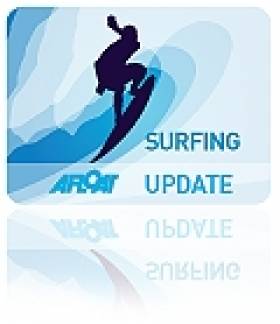Displaying items by tag: Freedom Surf School
Learn To Surf - Through Irish!
#Surfing - Fancy learning to surf as Gaeilge? One surf school in the sunny southeast is giving international visitors the opportunity to do just that.
The Freedom Surf School in Tramore, Co Waterford offers 'Ireland's only accredited surfing certificate course through the Irish language'.
And in time for The Gathering initiative, this summer the school is running a series of surf camps for developing oral skills through actively learning the language.
These five-day camps involve classroom tuition in the mornings, while the afternoons will be spent surfing trí Ghaeilge - all led by qualified Irish teachers and surf instructors.
For more details visit the Freedom Surf School website HERE.
Surf2heal a Success in Tramore
This year's Surf2heal programme in Tramore has been hailed as a huge success, Waterford Today reports.
The annual nationwide surfing camp for children with autism pairs each child with four volunteers to help them have fun with the surf experience, with the aim of building their confidence, balance, co-ordination and communication skills.
In Tramore, Freedom Surf School provided its facilities and equipment free of charge to both the volunteers and children.
"Each year the camp keeps getting bigger and bigger," said Pam Butler, Surf2heal co-ordinator in Tramore. "But without the invaluable volunteers we couldn't make it happen."
























